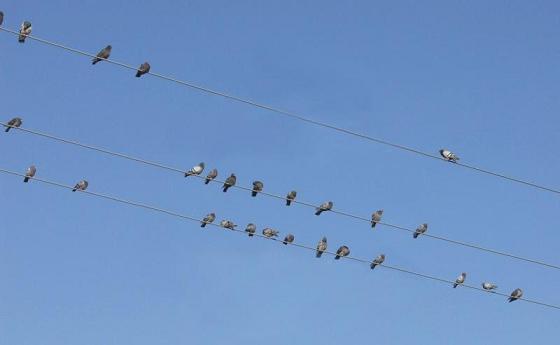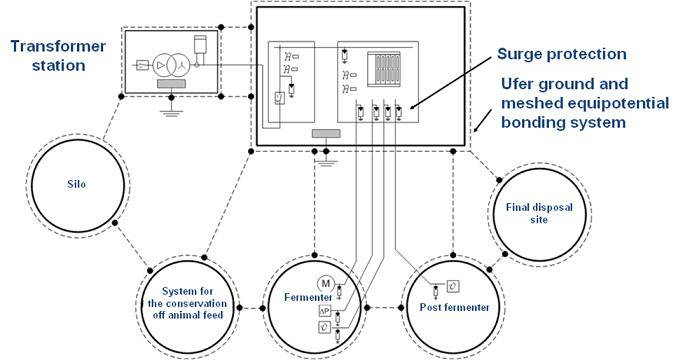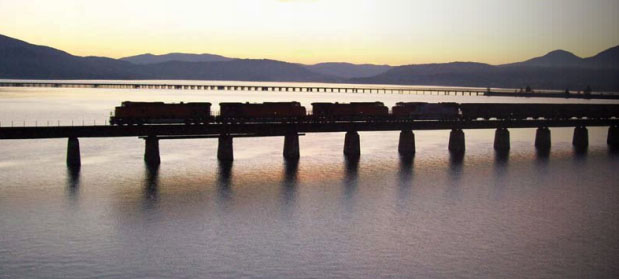During the recent Surge Protection Seminar which I attended in Thailand , a question was posted to the 60 participants, who were mainly maintenance engineers from the PTT group, “Why is it that birds can land on electrical wires without getting shocked?”
I remember vividly asking myself this question in my head when I was a child and I always thought that it was the wadding on the wires that kept the birds away from contacting those high voltage wires. I realized that I was wrong all these while when one brave soul stood up and stated his answer, loudly:“It is not the insulation. It is the nature of electricity at work!”
The speaker, Mr. Holger Heckler, went further elaborating that when a bird rests on the live wire, its body will be charged to the same voltage as the wire. From the standpoint of electrical reactions, electric current flows from a point with higher voltage to one with lower voltage. As a result, electric current will not pass through the bird’s body via the live wire since they are on equal voltage charge. However, imagine if a bird accidentally comes into contact with both an electrical ground and the power line at the same time, it completes an electrical circuit, and therefore an electric shock is inevitable!
This is why power lines are constructed with wide gaps between the conducting and grounding wires, to minimize this risk.
This is also the reason why we were always told to keep our feet close together when we have no other places to hide during a thunderstorm. Cows are unfortunately less likely to survive thunderstorms as the step potential between its two feet is higher.
From an electrical system stance, this is why engineers adopt proper grounding and bonding techniques to prevent damages to the electrical devices during a breakdown. Surge protection devices are always added to reinforce the protection of the electrical system from lightning and switching magnetic surges.
One of the things I liked about Mr. Holger Heckler’s approach to speaking at such seminar was that he managed to spur the interests of the audiences and got them all connected instantly with his brilliant insights. He did not fly all the way from Germany to Thailand just to make this statement. He made sure that what he delivered was stimulating enough to keep the participants awake throughout the entire day.
A big salute to Mr. Holger Heckler who made it possible!





